One test commonly used to distinguish meteorites from regular rocks is their density. Meteorites contain iron and other dense materials. This means they will be much heavier than regular rocks of the same size.
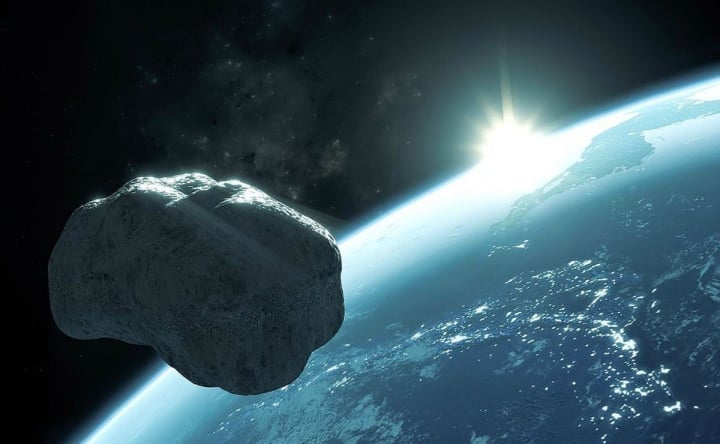
Because of their similar shapes, few people can distinguish between meteorites and regular rocks.
The characteristic air grooves
Unlike normal rocks that come from Earth, meteorites take on many odd shapes after being heated by the atmosphere. They can even have unusual indentations on their surfaces called regmaglypts. These indentations appear when the outer layer of the meteorite melts as it hits the Earth's surface.
This process can even create a coating on the surface of the meteorite called a fusion crust, which looks like a black eggshell. The surface of a fresh meteorite is usually shiny due to the impact of passing through Earth's atmosphere at high speed. If it has been falling for a long time, the meteorite can take on a brownish color as the iron begins to rust.
In addition, flow trails - ultra-thin lines formed by molten meteorites entering the atmosphere, which can be even smaller and thinner than a human hair - are also a feature to identify meteorites.
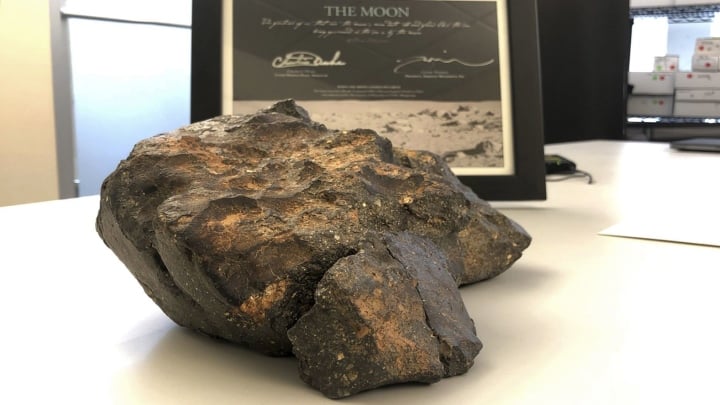
Meteorites are auctioned for huge sums of money.
When entering the atmosphere, the meteorite rubs against the air, causing the surface to heat up to several thousand degrees, and melt into water. Then, as it cools, this molten surface closes into a thin shell called the fusion crust, usually only about 1 mm thick, brown or dark brown in color.
As this crust cools, air blows across its surface, leaving distinct impressions called air grooves, which look like the fingerprints left by a fistful of flour. The molten crust and air grooves are the main characteristics of meteorites. If you see a rock or piece of iron with these characteristics, you can confirm that it is a meteorite.
Some ways to identify meteorites
Some meteorites have been on the ground for a long time, and their hard shells have been weathered by the sun and rain. In that case, it is difficult to recognize the air grooves, but it is not impossible to recognize them.
Stony meteorites look very similar to rocks on Earth, but with the same volume, you will see that it is much heavier. They often contain a certain amount of iron, which is magnetic, you can test it with a magnet. In addition, if you carefully observe the cross-section of a stony meteorite, you will see that there are many small round grains, 1-3 mm in diameter. 90% of stony meteorites have such small round grains.
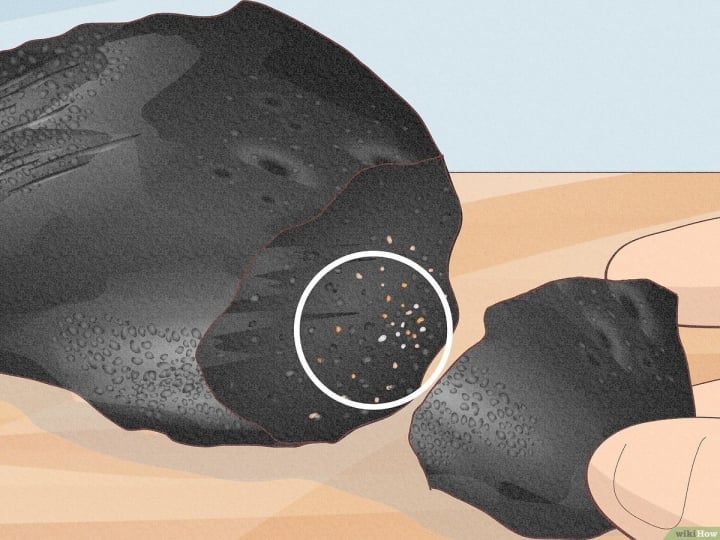
Inside the meteorite there will be tiny fragments.
The main components of stony meteorites are iron and nickel, of which iron accounts for about 90% and nickel 4-8%. The amount of nickel in natural iron on Earth is not that much. If you smooth the cross-section of an iron meteorite and then apply nitric acid to it, very special pits will appear, like flower patterns.
This is because the composition of iron meteorites is unevenly distributed, with some places containing more nickel and others containing less. Places containing more nickel are difficult to corrode by acid and vice versa, creating veins. This is also a way to identify meteorites.
Tuyet Anh (Source: Synthesis)
Useful
Emotion
Creative
Unique
Source



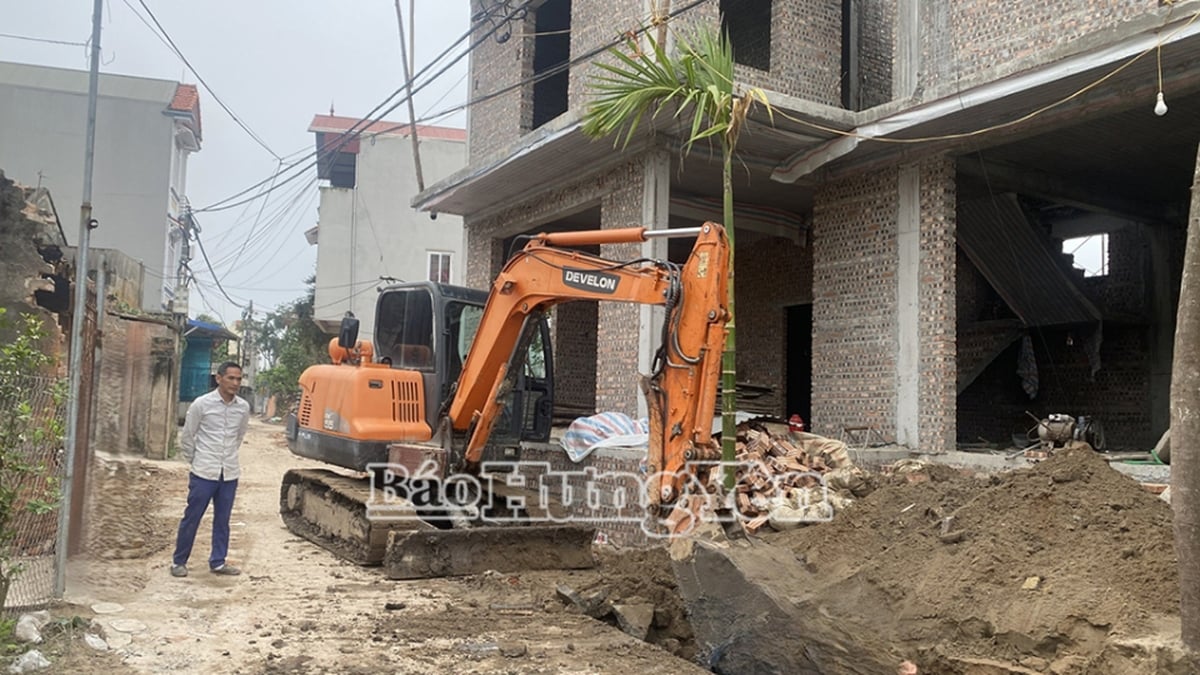




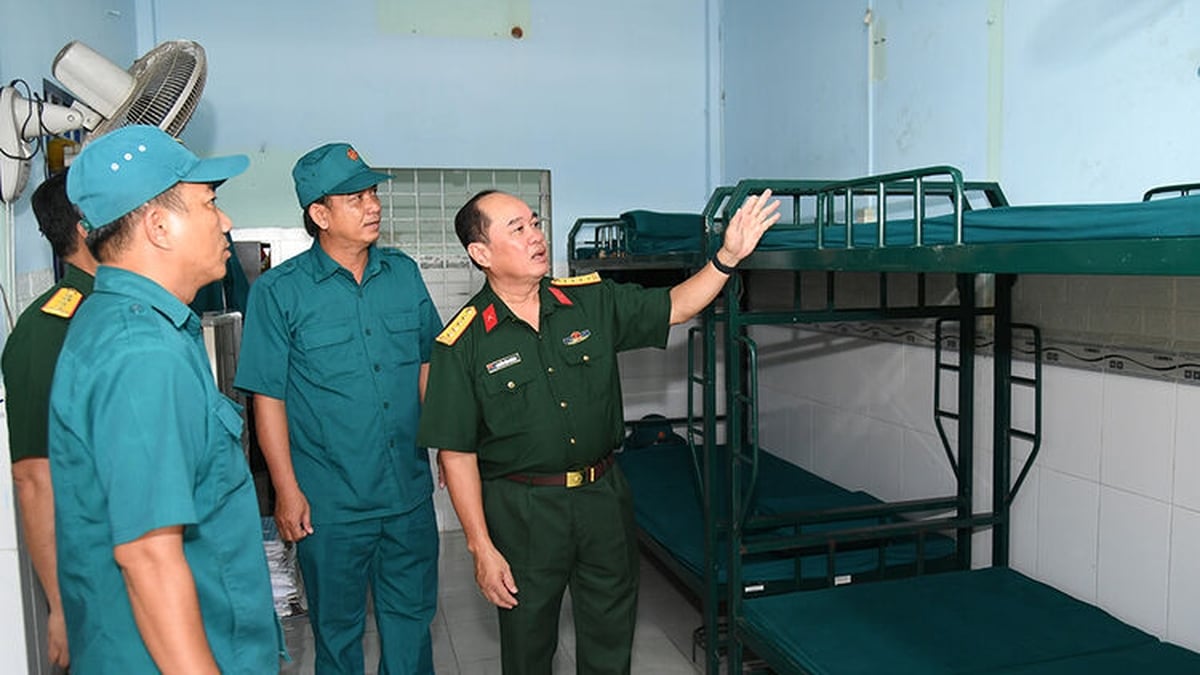


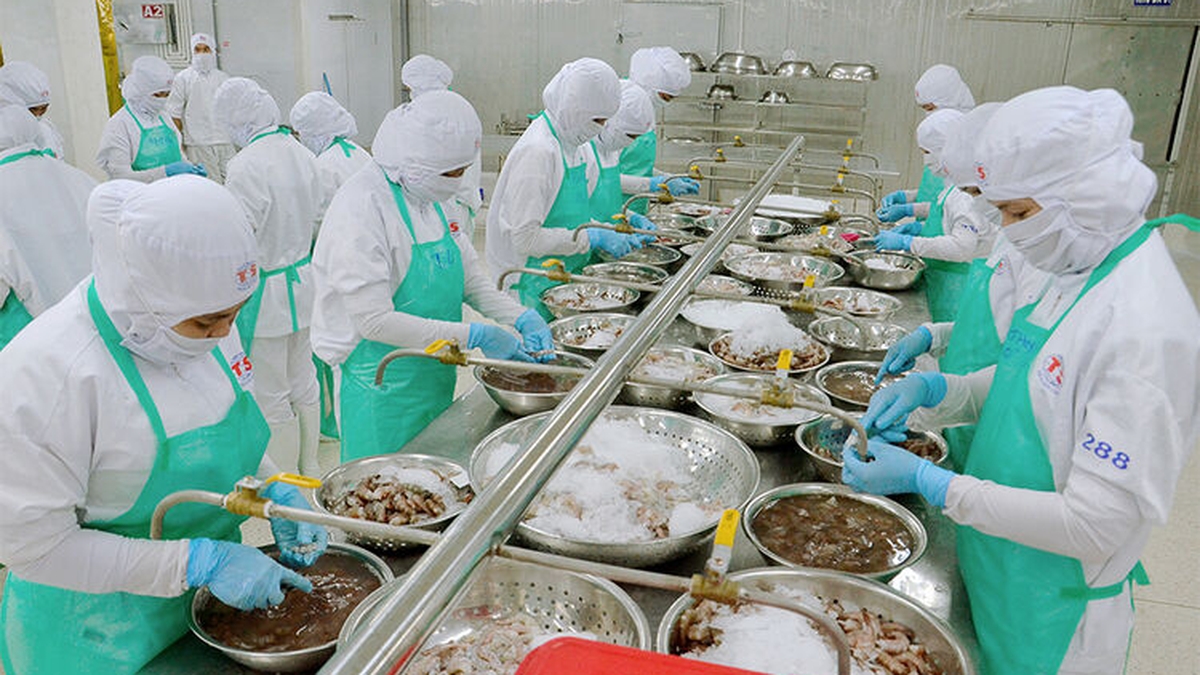




















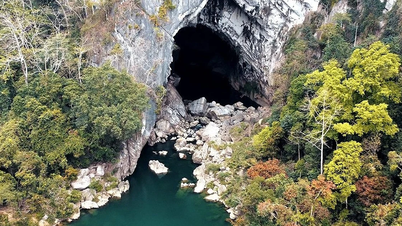



















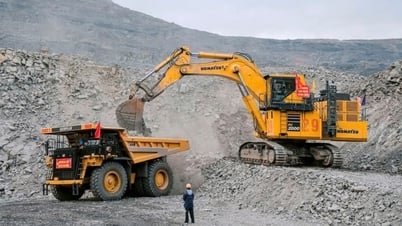



![[Maritime News] Treasury Department Targets Diverse Networks Facilitating Iran's Oil Trade](https://vphoto.vietnam.vn/thumb/402x226/vietnam/resource/IMAGE/2025/7/14/43150a0498234eeb8b127905d27f00b6)














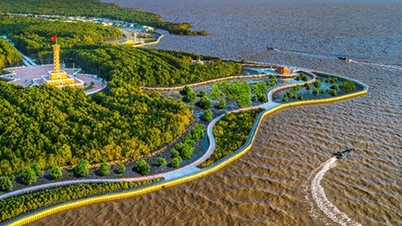



















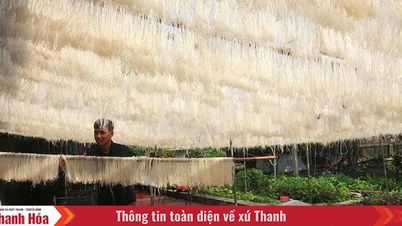






Comment (0)